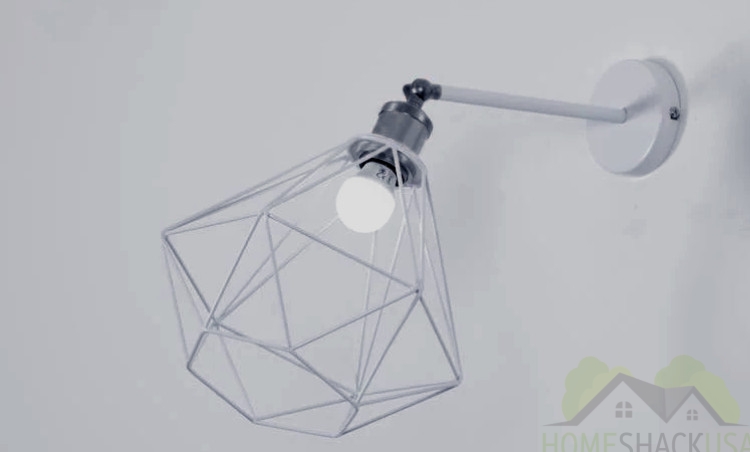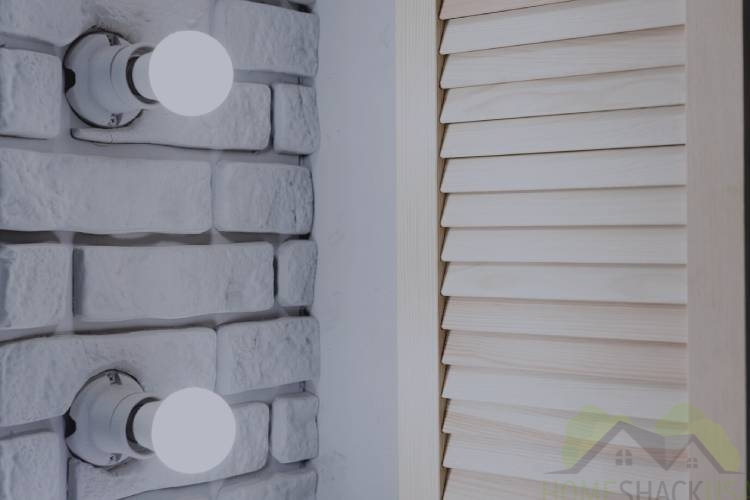Cool white lighting is a popular choice for many households due to its bright and crisp appearance. It provides a clean and modern look that enhances the overall aesthetics of a room.
However, like any lighting option, it comes with its own set of pros and cons. In this article, we will explore the advantages and disadvantages of cool white lighting at home.
Pros of having cool white light at home
Cool white lighting has its own set of advantages and disadvantages, and whether or not it’s suitable for your home depends on your personal preferences and the intended application.
Bright and crisp appearance
Cool white lighting is known for its bright and crisp appearance, which makes it an ideal choice for task lighting. It provides a high level of visibility, making it easier to read or work on projects that require precision.
It’s also ideal for areas where bright lighting is required, such as kitchens, bathrooms, and offices.
Enhances the appearance of colours
Cool white lighting enhances the appearance of colours, making them appear brighter and more vibrant. This makes it an ideal choice for art studios, galleries, and showrooms where colour accuracy is important.
Energy efficient
Cool white lighting is energy-efficient, which means it uses less electricity than traditional incandescent bulbs. This not only saves money on energy bills but also reduces carbon emissions, making it an eco-friendly option.
Long-lasting option
Cool white lighting is long-lasting, which means it needs to be replaced less frequently than traditional bulbs. This makes it a cost-effective option in the long run.
Cons of having cool white light at home
While it’s a popular choice for areas where bright and crisp lighting is required, it’s not recommended for areas where warmth and relaxation are the main objectives.
Harsh lighting
Cool white lighting can be harsh and uncomfortable, especially if it’s the only source of lighting in a room. It can cause eye strain and headaches, making it unsuitable for areas where people spend a lot of time, such as bedrooms and living rooms.
unflattering
Cool white lighting can be unflattering, making people look pale and washed out. It can also highlight imperfections, such as wrinkles and blemishes, which can be unappealing. If you want to look good, cool white lighting is a big “NO” for you.
Lack of warmth
Cool white lighting lacks warmth, which can create a sterile and clinical atmosphere. It can also make a room feel uninviting and impersonal.
Limited application:
As we already mentioned, cool white lighting is not suitable for all applications. It’s not recommended for areas where a warm and cosy ambiance is desired, such as dining rooms and bedrooms.
It’s also not suitable for areas where relaxation is the main objective, such as spas and yoga studios.
What is white light actually
White light is a combination of all colours of light in the visible spectrum. When all colours of light are combined, the result is a pure white light. However, not all white light is the same.
The colour temperature of white light can vary, which affects the appearance of the light.
Colour temperature
Colour temperature is a measure of the colour appearance of light. It’s measured in degrees Kelvin (K). The lower the number, the warmer the light appears, while the higher the number, the cooler the light appears.
For example, a candle flame has a colour temperature of around 1800K, which appears warm and yellow, while direct sunlight has a colour temperature of around 5500K, which appears cool and blue.
How to know that the light is white
To know that the light is white, you need to look at the colour temperature of the light. White light typically has a colour temperature between 4000K and 6500K. At this temperature range, the light appears neutral and doesn’t have a noticeable warm or cool tone.
When selecting white lighting, it’s important to consider the intended application of the lighting. For example, if you’re looking for lighting in a workspace or kitchen, cool white lighting with a colour temperature of around 5000K is ideal.
This type of lighting provides a bright and crisp appearance that enhances visibility and productivity. On the other hand, if you’re looking for lighting in a bedroom or living room, a warmer white lighting with a colour temperature of around 2700K to 3000K is more suitable.
This type of lighting provides a cosy and comfortable ambiance that promotes relaxation.
It’s also important to consider the type of lighting fixture you’re using. Some lighting fixtures can distort the colour of the light, making it appear different than its true colour temperature.
For example, fluorescent lighting can give off a greenish tint, while some LED lighting can give off a bluish tint. To ensure that you’re getting the true colour temperature of the light, it’s important to select high-quality lighting fixtures from reputable brands.
In conclusion, understanding the colour temperature of white light is essential for selecting the right lighting for your home or office. White light typically has a colour temperature between 4000K and 6500K and appears neutral without a noticeable warm or cool tone.
When selecting white lighting, it’s important to consider the intended application of the lighting and the type of lighting fixture being used to ensure that you’re getting the true colour temperature of the light.
With the right white lighting, you can enhance the aesthetics and functionality of any room in your home or office.





